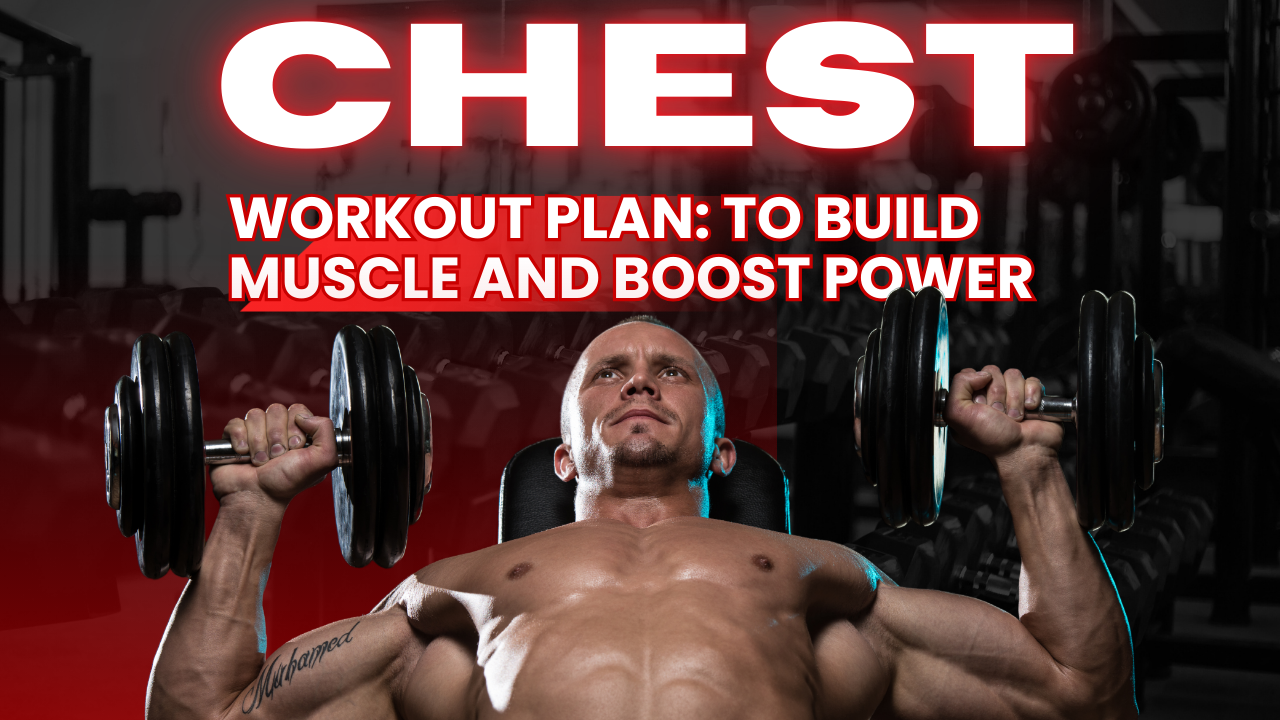A chest workout plan is one of the most effective ways to build strength, power, and definition in your upper body. The chest muscles are essential not only for appearance but also for functional movements such as pushing, lifting, and stabilizing. Whether you are new to fitness or already an experienced lifter, having a structured plan ensures balanced development and prevents weaknesses or injuries.
Many people make the mistake of doing random chest exercises without a systematic approach. A proper chest workout plan provides guidance on exercise selection, sets, reps, and progression to maximize growth and endurance. It focuses on all areas of the chest—the upper, middle, and lower regions—so that you achieve symmetry and strength.
In this article, we’ll explore the top 8 tips for a chest workout plan, covering everything from compound lifts to recovery. We’ll also answer common questions like what, why, when, where, and how this plan works. By the end, you’ll have a comprehensive roadmap to transform your chest into a symbol of strength and power.
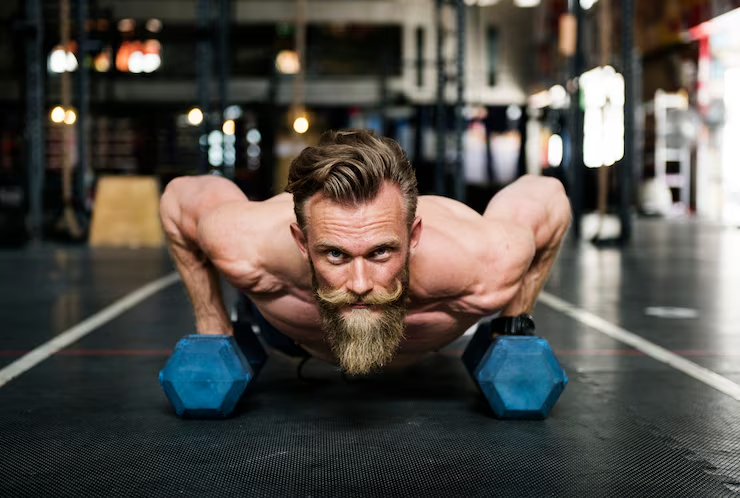
What is a Chest Workout Plan ?
A chest workout plan is a structured set of exercises designed to target and strengthen the chest muscles. Unlike random workouts, a plan ensures that you work all areas of the chest—upper, middle, and lower—through a combination of compound and isolation movements.
It includes specific guidance on sets, reps, rest periods, and progression strategies. This makes training efficient and results-driven. A chest workout plan is not just about building size but also improving function, endurance, and overall symmetry.
By following a structured chest workout plan, you can achieve consistent growth, avoid imbalances, and build a chest that is both strong and aesthetic.
Why is a Chest Workout Plan Important ?
A chest workout plan is crucial because the chest muscles are responsible for many daily movements like pushing doors, lifting objects, or supporting posture. Training without a plan can lead to weak spots and poor progress.
Having a clear plan helps you track progress, avoid overtraining, and stay motivated. It also ensures that you target all regions of the chest effectively, instead of over-relying on a single exercise like the bench press.
When followed consistently, a chest workout plan boosts strength, improves appearance, and enhances confidence both in and out of the gym.
When Should You Do a Chest Workout Plan ?
The frequency of a chest workout plan depends on your fitness level. Beginners may benefit from training chest once per week, while more advanced lifters can train it twice per week with enough recovery in between.
It’s best to train chest on days when your body is well-rested and energy levels are high. Many people prefer combining chest with triceps or shoulders, as these muscles work together in pushing movements.
By scheduling your chest workout plan wisely, you ensure optimal recovery, reduce injury risks, and achieve better long-term results.
Where Can You Do a Chest Workout Plan ?
A chest workout plan can be performed in the gym or at home. At the gym, you have access to barbells, dumbbells, and machines that allow for progressive overload and variety. At home, you can use push-ups, resistance bands, or adjustable dumbbells.
The key is consistency and intensity, not location. With proper technique, even bodyweight exercises can build an impressive chest over time.
Whether you choose home or gym, a good chest workout plan adapts to your environment and ensures that you train effectively with the resources available.
How Does a Chest Workout Plan Work ?
A chest workout plan works by applying resistance to the chest muscles, creating tiny tears in muscle fibers. With proper nutrition and recovery, these fibers repair and grow stronger and larger.
The plan combines progressive overload, balanced exercise selection, and structured recovery. This approach ensures that the chest develops in size, strength, and endurance.
By consistently following a chest workout plan, you not only build a stronger chest but also improve functional performance in everyday activities and sports.
Top Tips for Chest Workout Plan
Start with Compound Movements (Bench Press)
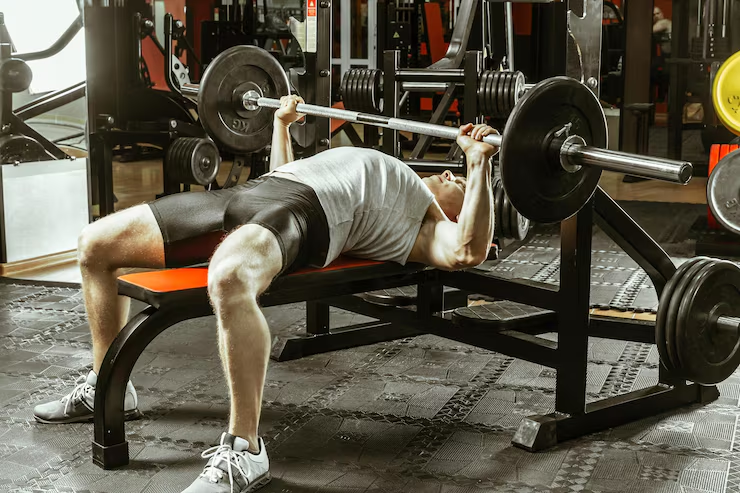
When creating a chest workout plan, the foundation should always include compound exercises. These movements are essential because they engage multiple muscle groups at the same time, allowing you to build strength and size more effectively. Compound lifts not only target the chest but also activate supporting muscles, making them highly efficient for overall upper-body development.
The bench press stands out as the cornerstone of any chest workout plan. It specifically targets the pectoral muscles while also working the shoulders and triceps, providing a balanced push movement. This exercise allows progressive overload, meaning you can gradually increase weight to stimulate continuous muscle growth. Beginners and advanced lifters alike benefit from its versatility.
In addition to strength, the bench press helps improve posture and stability, making it an indispensable part of a chest workout plan. Starting your routine with this compound exercise ensures maximum energy and focus for the most effective results.
Benefits:
Builds raw chest strength.
Engages supporting muscles for overall growth.
Improves performance in other pushing movements.
Ingredients of the Tip:
Barbell or dumbbells for pressing.
Flat bench to stabilize movement.
Controlled form to reduce injury risk.
Starting your chest workout plan with heavy compound movements ensures that your muscles are fresh and capable of lifting maximum weight. This sets the tone for the rest of your training session. A strong bench press not only develops your chest but also builds confidence in handling heavier loads. By consistently progressing in this lift, you create a foundation that supports all other chest exercises in your plan.
Target the Upper Chest with Incline Press
A balanced chest workout plan should always include exercises that target the upper chest, as this area is key to building shape and definition. Many people focus only on the flat bench press, but neglecting the upper chest can lead to an unbalanced appearance. By training the clavicular head of the pectoralis major, you can create a more sculpted, fuller look.
The incline bench press or incline dumbbell press is the most effective way to emphasize the upper chest. Performing these exercises at a 30–45-degree angle shifts more tension to the clavicular region, ensuring that the upper portion of the chest gets maximum stimulation. This helps in achieving both strength and aesthetics.
Including incline movements in your chest workout plan gives your physique a more athletic and proportional shape. Over time, the improved definition in the upper chest enhances posture, improves pushing strength, and creates a well-balanced chest.
Benefits:
Enhances upper chest development.
Improves posture and shoulder strength.
Prevents chest imbalances.
Ingredients of the Tip:
Adjustable bench at 30–45 degrees.
Dumbbells or barbell for pressing.
Slow and controlled reps for maximum tension.
Adding incline presses to your chest workout plan ensures that you target areas often overlooked by standard flat bench exercises. This movement creates a well-rounded chest that looks proportional from all angles. It also strengthens the shoulders, which support pushing movements in sports and daily life. By regularly including incline presses, you prevent the common issue of having a flat-looking chest while boosting overall strength and endurance.
Don’t Forget the Lower Chest (Decline Press)
For complete muscle development, a chest workout plan should include exercises that specifically target the lower chest. Many people focus heavily on the upper and middle sections but forget about the lower fibers, which are equally important for symmetry. Training this area adds depth, balance, and a more powerful appearance to your overall chest.
The decline press, whether performed with a barbell or dumbbells, is one of the best exercises to emphasize the lower chest. The angled movement shifts resistance to the lower pectoral region, engaging fibers that aren’t fully activated in flat or incline presses. By incorporating decline presses, your chest workout plan becomes more complete and effective.
Neglecting the lower chest often leads to an unbalanced look where the upper chest dominates, but the lower part lacks definition. Including decline exercises in your chest workout plan ensures even development, better strength distribution, and a well-rounded physique.
Benefits:
Strengthens lower chest region.
Adds mass and thickness.
Improves aesthetics by giving chest a rounded look.
Ingredients of the Tip:
Decline bench at 15–20 degrees.
Barbell or dumbbells for pressing.
Proper grip width to maximize chest activation.
Including decline presses in your chest workout plan creates a powerful V-shape, making your chest look fuller and more sculpted. It also supports overall pressing power by engaging different muscle fibers. With consistent training, you’ll notice better strength and definition in your lower chest, which is often difficult to achieve with standard flat bench presses. This exercise helps you complete the full spectrum of chest development.
Add Isolation with Chest Flyes
While compound exercises form the foundation of strength training, isolation movements are equally important in a chest workout plan. Isolation exercises focus specifically on one muscle group, allowing for greater control and definition. Chest flyes are a prime example, as they directly target the pectoral muscles without significant assistance from the triceps or shoulders.
By performing chest flyes with dumbbells, cables, or machines, you create a deep stretch and contraction in the chest. This stretch enhances muscle fiber activation, promoting growth and shaping the chest more effectively. When added to a chest workout plan, flyes complement compound lifts by refining muscle detail and symmetry.
Incorporating isolation exercises like flyes ensures that your chest workout plan isn’t just about mass but also about aesthetics. They help carve definition, improve flexibility, and build a fuller chest appearance, making them an essential finishing movement in your training routine.
Benefits:
Improves chest shape and separation.
Increases flexibility and range of motion.
Enhances mind-muscle connection.
Ingredients of the Tip:
Dumbbells, cables, or resistance bands.
Slight bend in elbows for safety.
Smooth, controlled motion for best results.
Adding flyes to your chest workout plan ensures that you work on stretching and contracting your chest muscles fully. This deep stretch activates muscle fibers that might not be engaged during pressing movements. It also improves flexibility and enhances muscle definition, giving you a sculpted and aesthetic look. Flyes are best performed after compound lifts to maximize chest fatigue and growth.
Use Push-Ups as a Finisher
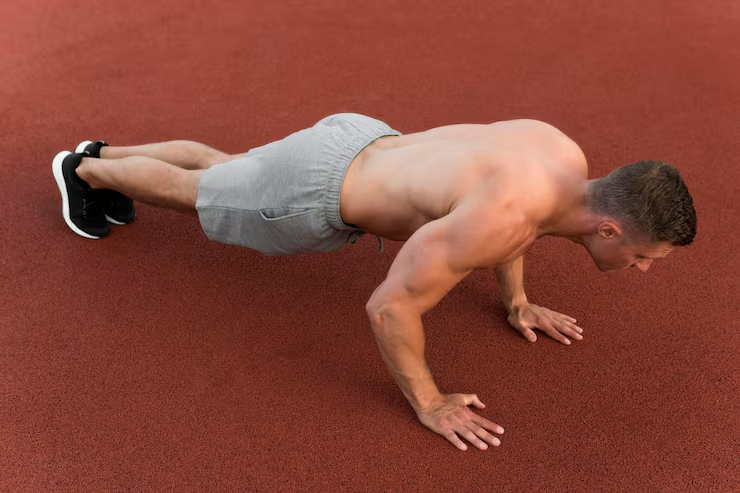
Push-ups may look basic, but they remain one of the most effective exercises you can add to your chest workout plan. This classic bodyweight movement builds strength, endurance, and muscle definition without the need for equipment. It engages not only the chest but also the shoulders, triceps, and core, making it a full-body functional exercise.
One of the biggest advantages of push-ups is their versatility. Variations like wide-grip push-ups, incline push-ups, and decline push-ups allow you to target different parts of the chest. Beginners can start with modified knee push-ups, while advanced trainees can add resistance with weighted vests or bands. This adaptability makes push-ups a valuable addition to any chest workout plan.
Including push-ups regularly helps improve muscular endurance and stabilizing strength. Beyond aesthetics, they build functional power that translates into daily movements and sports performance. A well-structured chest workout plan always benefits from the simplicity and effectiveness of push-ups.
Benefits:
Builds functional strength.
Can be performed anywhere, anytime.
Improves endurance and stability.
Ingredients of the Tip:
Bodyweight as resistance.
Variations like wide-grip, diamond, or incline push-ups.
Core stability to prevent sagging.
Including push-ups at the end of your chest workout plan serves as an excellent finisher. After lifting heavy weights, bodyweight push-ups push your muscles to the limit, ensuring complete exhaustion. They also engage core muscles, improving stability and overall strength. With consistent practice, push-ups enhance endurance and can even help beginners prepare for more advanced chest exercises.
Incorporate Supersets for Intensity
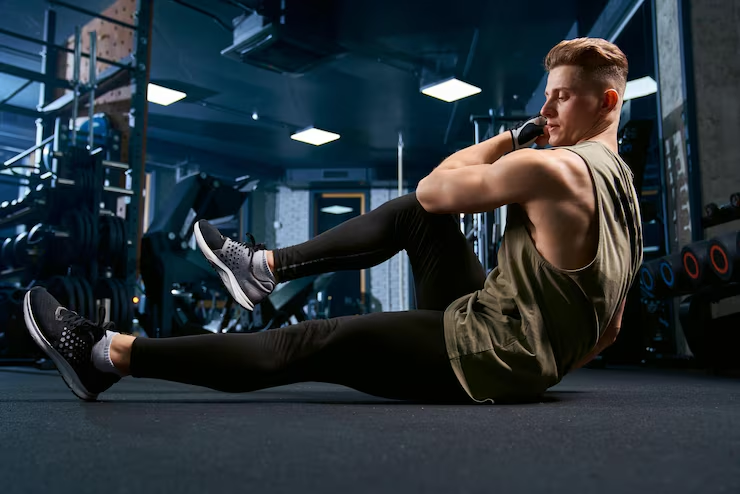
To maximize training efficiency, adding supersets to your chest workout plan can deliver outstanding results. Supersets involve performing two exercises consecutively with little or no rest in between. This approach keeps your chest muscles under continuous tension, increasing intensity and stimulating greater muscle growth in less time.
For example, combining a bench press with dumbbell flyes creates a powerful superset that targets both strength and definition. The bench press focuses on building mass and power, while flyes isolate the pectorals for stretch and detail. By pairing these movements, your chest workout plan becomes more dynamic, ensuring balanced muscle development.
Supersets also save time and enhance muscular endurance, making them ideal for lifters with busy schedules. They elevate heart rate, burn more calories, and push your chest to adapt to higher training demands. Including supersets in your chest workout plan ensures faster progress and a more defined chest.
Benefits:
Increases workout intensity.
Saves time in the gym.
Promotes muscle hypertrophy and calorie burn.
Ingredients of the Tip:
Pair chest press with flyes or push-ups.
Perform 3–4 supersets with minimal rest.
Focus on form while maintaining intensity.
Supersets make your chest workout plan more challenging and dynamic. By combining compound and isolation exercises, you push your chest muscles to fatigue faster, promoting growth. This method is time-efficient and keeps your workout engaging. Supersets are especially beneficial for intermediate and advanced lifters who want to break plateaus and increase workout efficiency.
Apply Progressive Overload
No chest workout plan is truly effective without applying the principle of progressive overload. This strategy ensures that your muscles continue to grow by gradually increasing the resistance, number of sets, or intensity of your exercises. Without progressive overload, your body adapts to the same workload, and muscle growth eventually plateaus.
For example, if you start your chest workout plan with a 40 kg bench press, consistently lifting that weight will stop producing results after some time. By adding small increments of weight, performing extra reps, or reducing rest time, you force the chest muscles to adapt and grow stronger. This steady increase builds both size and endurance.
Progressive overload also helps prevent workout stagnation, keeping your training sessions challenging and engaging. By continuously pushing limits, your chest workout plan delivers long-term results, ensuring steady improvements in strength, muscle mass, and overall chest development.
Benefits:
Prevents plateaus in growth.
Builds long-term strength.
Encourages continuous progress.
Ingredients of the Tip:
Track weights, reps, and sets.
Add 5–10% more weight when lifts feel easier.
Maintain strict form while progressing.
Progressive overload ensures your chest workout plan remains effective as you get stronger. Without progression, your muscles adapt, and growth stalls. By consistently increasing resistance, you create the stimulus necessary for muscle hypertrophy. Tracking your progress and adjusting accordingly makes sure your chest continues to develop in size and strength.
Prioritize Recovery and Nutrition
The most overlooked aspect of a chest workout plan is recovery and nutrition. Many people focus only on lifting heavier weights or increasing volume, but true growth happens outside the gym. Muscles repair and strengthen during rest, making recovery just as important as the exercises themselves. Without adequate rest, overtraining can lead to fatigue, injury, and stalled progress.
Proper nutrition also plays a critical role in the success of your chest workout plan. Consuming enough protein helps rebuild torn muscle fibers, while carbohydrates replenish energy stores, and healthy fats support hormone production. Staying hydrated and incorporating vitamins and minerals further aids the recovery process, keeping your body ready for the next training session.
Prioritizing recovery means scheduling rest days, getting sufficient sleep, and fueling your body with quality nutrients. By balancing intense training with proper recovery, your chest workout plan becomes sustainable, leading to long-term strength, muscle growth, and improved performance.
Benefits:
Prevents overtraining and injuries.
Promotes muscle repair and growth.
Enhances performance in future workouts.
Ingredients of the Tip:
7–9 hours of sleep daily.
Protein-rich foods such as chicken, fish, and beans.
At least 48 hours of rest between chest sessions.
Prioritizing recovery in your chest workout plan ensures long-term success. Skipping rest or eating poorly can lead to burnout and injuries. A balanced diet rich in protein, healthy fats, and complex carbs fuels muscle repair. Adequate sleep and rest days guarantee that your muscles recover fully, allowing you to perform better in your next workout.
Conclusion
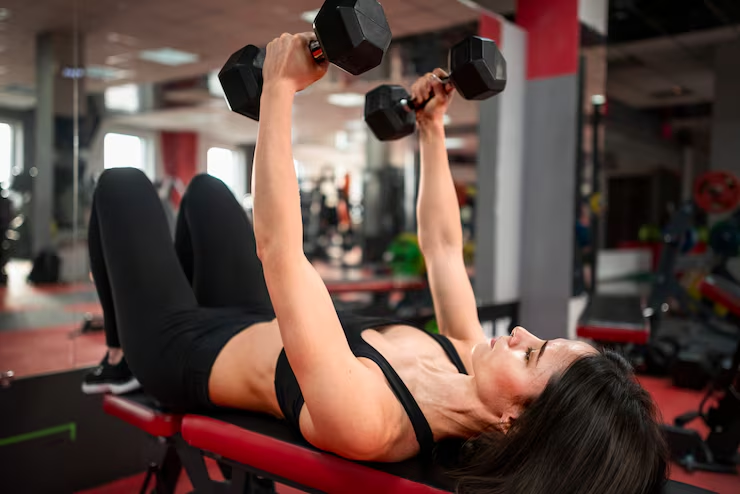
A structured chest workout plan is the key to building strength, size, and definition in your upper body. By incorporating compound movements, targeting all areas of the chest, and using strategies like supersets and progressive overload, you maximize growth and performance.
The 8 tips shared here, along with answers to common FAQs, provide everything you need to design a powerful chest routine. Remember that recovery and nutrition are just as important as lifting weights for long-term success.
Commit to your chest workout plan with consistency and dedication. Over time, you’ll see improvements in strength, aesthetics, and confidence, making your fitness journey both rewarding and sustainable.
FAQs
Q1. Can a chest workout plan help build muscle faster ?
Yes, a chest workout plan can speed up muscle growth because it provides a structured way to train the chest muscles consistently. Instead of doing random exercises, a plan balances compound and isolation movements for complete development. With progressive overload and proper rest, your chest muscles adapt and grow fast
Q2. Is it possible to follow a chest workout plan at home without equipment ?
Absolutely! A chest workout plan can be followed at home using push-up variations, resistance bands, and bodyweight training. Exercises like incline push-ups, decline push-ups, and wide-arm push-ups can effectively target all areas of the chest. Adding resistance bands or household items as weights can further enhance result.
Q3. How many times per week should a chest workout plan be followed for best results ?
Most people benefit from training chest 1–2 times per week. Beginners may see results with one dedicated session, while experienced lifters often split chest exercises into two days. The key is to allow at least 48 hours of rest before training the chest again to ensure muscle recovery and growth.
Q4. Which exercises are most effective in a chest workout plan ?
The most effective chest exercises include bench press, push-ups, chest flyes, and dips. Bench press builds overall mass, while incline presses target the upper chest. Flyes isolate the chest for definition, and dips engage the lower chest. Combining these in a chest workout plan ensures balanced strength and aesthetics.
Q5. Does a chest workout plan also improve overall upper-body strength ?
Yes, a chest workout plan strengthens not only the chest but also supporting muscles like shoulders and triceps. Since many chest exercises are compound movements, they boost overall pushing power. This improves performance in sports, daily tasks, and other upper-body workouts, making your strength gains more functional.

